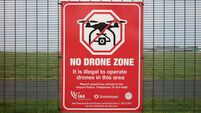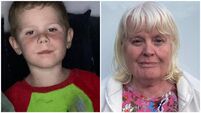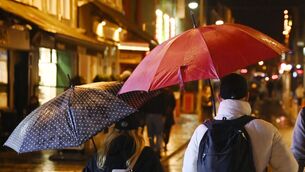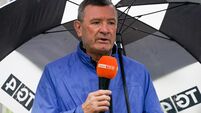There’s €55m of gold in them thar Monaghan hills
At least it is for Irish mining company Conroy Gold and Natural Resources, which has received confirmation that it is literally sitting on a gold mine at its exploration site in Co Monaghan.
The site at Clontibret has been undergoing test drilling since early this year and the latest study confirms it as the biggest gold deposit ever found in Ireland or Britain.
According to independent engineers, the mine should produce 50,000 ounces of gold per year for the first five years and yield at least 600,000 ounces in total over 11 years. Discounting for the cost of extraction and processing, the mine is valued at more than €55 million.
Company chairman, Professor Richard Conroy, who discovered the Galmoy zinc mine in Co Kilkenny, described the study results as “tremendously positive” and said he hoped to be ready to apply for planning permission this time next year.
“The initial estimates were that we would get 24,000 ounces per year in the first years and that the mine would have a lifespan of just seven years so this is very good news.”
Prof Conroy said Clontibret would benefit economically from the find in terms of direct employment but also through spinoffs for support services like fuel suppliers and accommodation providers.
The next stage is to send samples of the local “greywacke” rock containing the gold to laboratories to perfect the extraction method. Conroy plans to use a bio-oxidation process which uses bacteria to filter out the precious metal.
“We have begun discussions with planning consultants but we also have to get our mining licence and may have to acquire some land that is in private ownership so there is a lot of work to be done but we know for sure now that the mine is technically and financially feasible,” he says.
The company last week was also granted seven new prospecting licences for Clare, Tipperary and Kilkenny. “The same greywacke rock is there so it makes sense to have a look. The odds are always against you but you never know what you might find,” said Prof Conroy.











